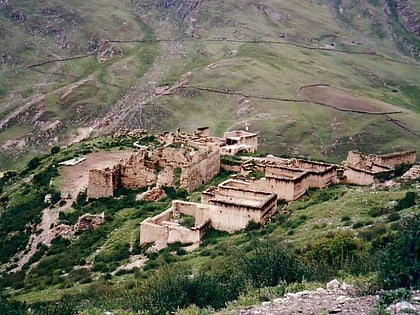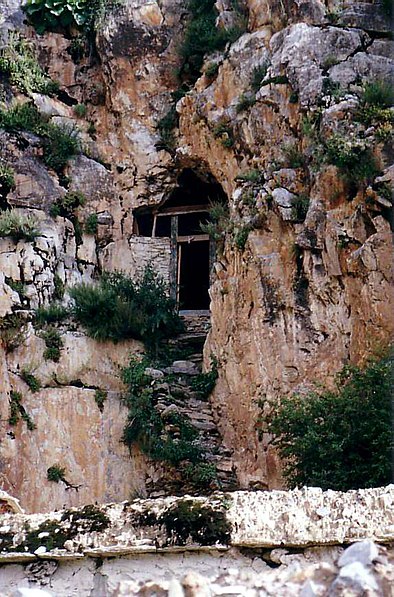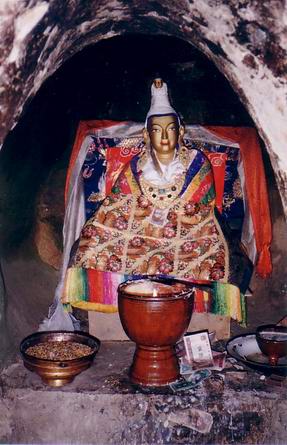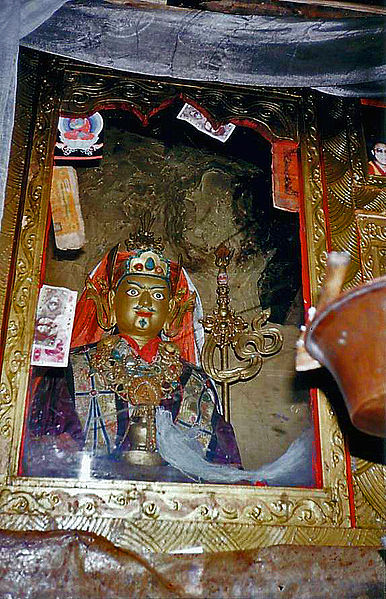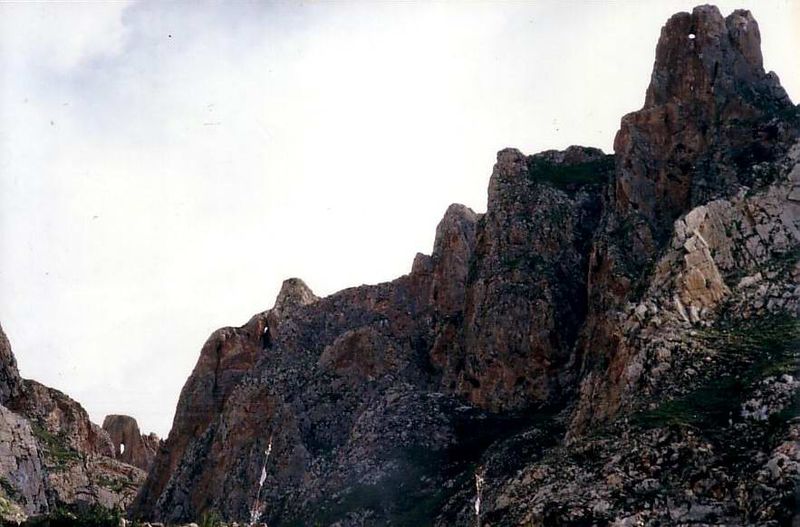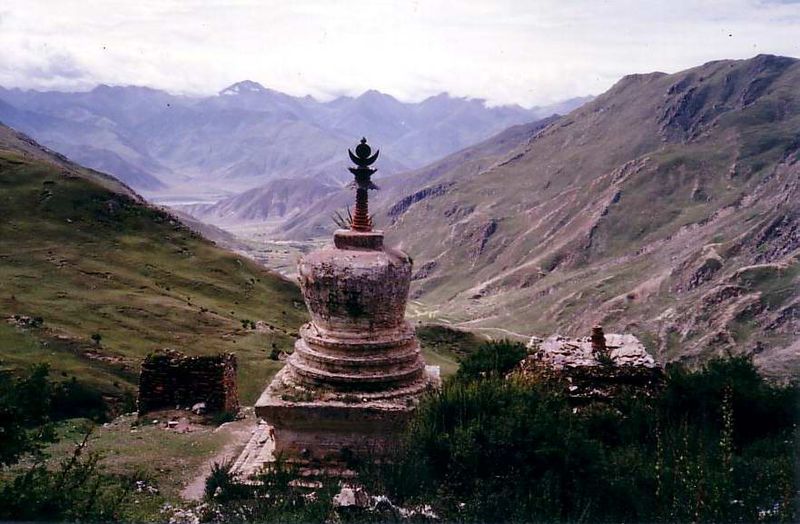Yerpa
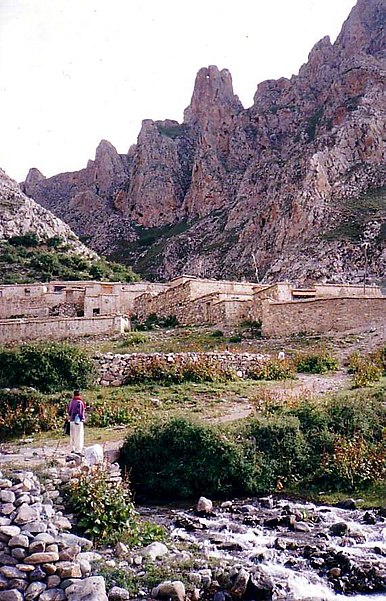
Facts and practical information
Nestled in the tranquil embrace of the Tibetan landscape, Yerpa, China, is a revered historical site that has drawn pilgrims and visitors alike for centuries. This ancient temple complex, often overlooked in the shadow of Tibet's more famous monasteries, offers a glimpse into the spiritual heritage of the region.
Yerpa, also known as Brag Yer-pa, Yerpa Drak, or simply Yerpa, comprises a series of meditation caves and temples that are etched into the limestone cliffs of the Yerpa Valley. The site is about 16 kilometers northeast of Lhasa, the administrative capital of the Tibet Autonomous Region in China.
The temple's origins can be traced back more than a thousand years, with some caves believed to have been in use since the 7th century. Over the years, it has been home to many significant figures in Tibetan Buddhism, including Guru Rinpoche (Padmasambhava), who is said to have meditated in the caves.
Visitors to Yerpa can explore the remains of old monastic buildings and numerous meditation caves that are still adorned with fading frescoes and inscriptions. The serene atmosphere of the site is palpable, with the quietude only occasionally broken by the soft murmur of prayers and the fluttering of prayer flags in the breeze.
The journey to Yerpa itself is an experience, as the approach involves a scenic drive through the rugged terrain of the Tibetan plateau, followed by a hike up to the cliffside retreats. The physical exertion required to reach the site only adds to the sense of spiritual accomplishment upon arrival.
While not as accessible or as well-known as the Potala Palace or Jokhang Temple, Yerpa offers an intimate and authentic encounter with Tibetan Buddhism's mystic past. It stands as a testament to the devotion and asceticism of the monks who have sought solace and enlightenment within its caves throughout the ages.
Tibet
Yerpa – popular in the area (distance from the attraction)
Nearby attractions include: Sanga Monastery.
